After centuries of fear and superstition, research has given the wolf a new image as a social creature with an indispensable role in ecosystems. Unfortunately, wolves in the northern Rocky Mountains have been removed from the endangered species list. The Druid Pack of Yellowstone National Park symbolizes the rise and fall of this much maligned predator.
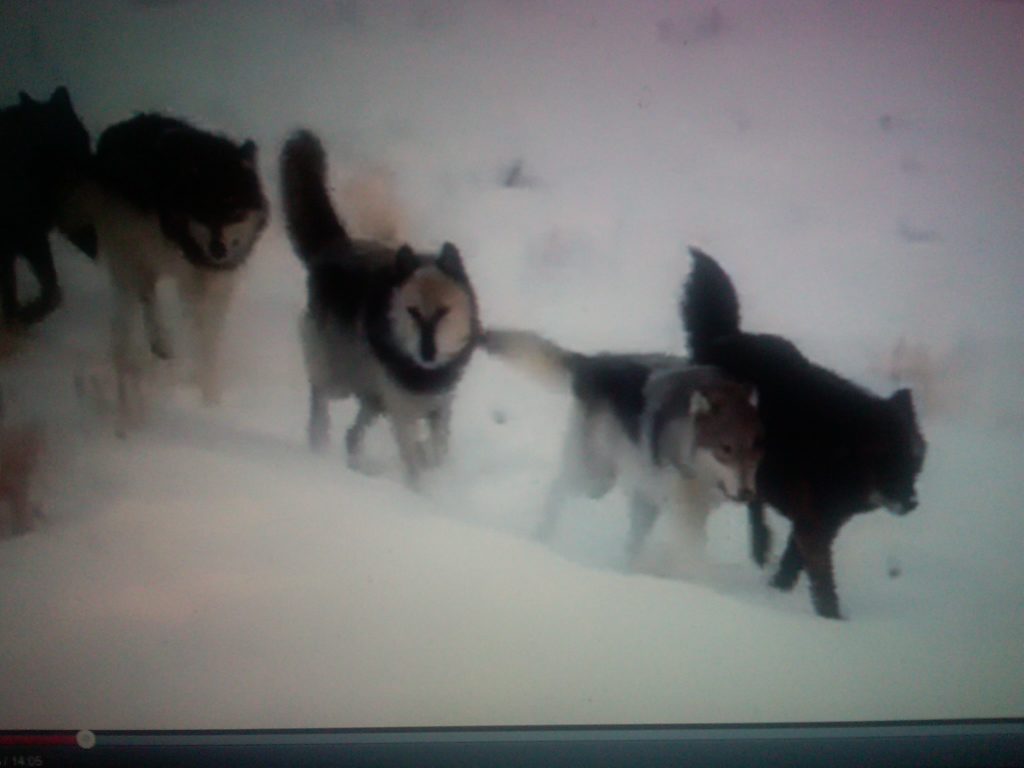

Saving the Northern Rocky Mountains GRAY WOLF
Due mostly to federal predator control and conflicts with the livestock industry, the gray wolf was extirpated from the West by 1945. Today, after centuries of fear and superstition, research has given the wolf a new image as a social creature with an indispensible role in ecosystems — and Endangered Species Act protection gave it a new chance to thrive. Unfortunately, the beautiful carnivore is still persecuted by federal predator control and poachers, and wolves in the northern Rocky Mountains have been removed from the endangered species list — even with a long way to go before recovery.
httpvh://youtu.be/0JzLFkLS8kg
As the first wolves reintroduced into Yellowstone, the Druids are the most celebrated wolf pack in North America. Pioneers in the wilderness, they were at the heart of a massive scientific experiment to restore an entire ecosystem that began to break down without its wolves.
See “Druid Wolf Pack Story,” from PBS.org
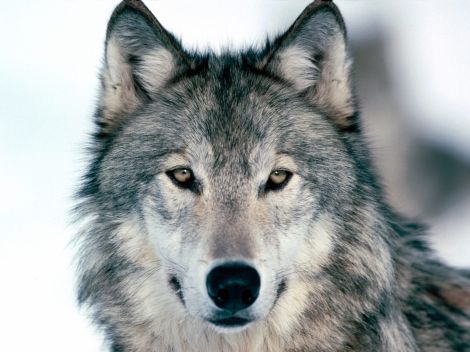

For almost a decade, they have held the Lamar Valley in northern Yellowstone. The valley is prime winter grazing for thousands of elk and thus the most coveted wolf country in all the Park. Emmy Award-winning filmmaker Bob Landis has chronicled the adventures of the Druids since their very beginnings and in this, his third film on the wolves, the Druids find themselves in trouble for the very first time. After reaching the astonishing number of 37 members, the largest wolf-pack on record, the Druids begin to decline. Their leaders are failing with age and new packs are crossing their borders looking to claim the valley. This is the three year story of the fall and rise of the most famous wolves in America, their battles against rival wolves to hold on to their beautiful range, the dramatic twists in fortune that banish them from their valley, and the perseverance and devotion that bring them home at last. Buy the DVD.
This film premiered November 2007.
Follow WilderUtopia on Facebook…
A POLITICAL ASSAULT ON WOLVES AND THE ENDANGERED SPECIES ACT
From Center for Biological Diversity:
In 2011, northern Rockies gray wolves came under an unprecedented attack in Congress. Ultimately, wolves in Montana, Idaho, Washington, Oregon and Utah were robbed of federal protections with the passing of a budget bill including a rider that delisted them and set the stage for near-term delisting in Wyoming. Just one day after delisting, the Center filed a lawsuit challenging the constitutionality of the anti-wolf rider. The previous month, we’d proposed a settlement to head off congressional delisting — but to no avail.
Long before the 2011 congressional attack, northern Rockies wolves had no easy time of it. A bad blow came in February 2008, when the U.S. Fish and Wildlife Service announced it would remove their federal protections, leaving wolf management to individual states that refused to take the animal’s conservation seriously. Immediately after the announcement took effect, wolves began falling victim to bullets, so a coalition of groups, including the Center, filed suit. In July, after 100-plus northern Rockies wolves had already been indiscriminately shot, a judge temporarily restored the wolves to the endangered species list — and in September the Service withdrew from the suit. Just before the Bush administration left office, it announced a rule to strip protections from gray wolves in the Rockies and Midwest — and though the rule was halted when President Barack Obama took office, in March 2009 the Service moved forward with delisting the wolves anyway. The Center and allies filed suit in June, and in August 2010 a judge reinstated protections for all northern Rockies wolves, preventing wolf hunting from going forward in Montana and Idaho.
In 2003, the Fish and Wildlife Service prematurely downlisted them from endangered to threatened status, sparking a suit by the Center and allies, after which the wolves’ endangered standing was restored. The Center has also forced the U.S. Department of Agriculture to agree to assess the environmental effects of a sheep-grazing station near Yellowstone National Park, which threatens wolves’ ability to successfully migrate between the Park and central Idaho; such migration is vital to ending the genetic isolation of Yellowstone wolves.
In fact, genetic isolation threatens all gray wolves, whose three main populations — in the northern Rockies, upper Midwest and Southwest — are small and disconnected. To advance a comprehensive nationwide gray wolf recovery, in 2010 the Center petitioned and filed a notice of intent to sue the Obama administration to compel the development of a national recovery plan to establish wolf populations in suitable habitat in the Pacific Northwest, California, southern Rockies, New England and Colorado Plateau.
Update from James William Gibson :
“Idaho has declared a season running from Sept through March–no overall quota. They want to kill down the wolf population from 600-700 to 150. The director of Fish and Game says that if hunters do not kill enough–which is quite possible–then Idaho will conduct aerial hunts in the winter and spring. Many of the wolves wear collars with transmitters, making them easy to find. In winter, when there is snow, then even wolves without collars can be tracked by helicopter. It looks grim.
“Montana has announced a quota of 220 out of 560 wolves in the state.
“Wyoming is negotiating with the federal government to allow shoot-on-sight in most of the state, except for areas in the northwest adjacent to Yellowstone National Park. The U.S. Fish and Wildlife Service has twice rejected this proposal; that’s why wolves in Wyoming were never delisted. However, it now appears that the Obama administration will accept it. Wyoming’s Congresswoman has attached language–a rider– to the House budget bill for the Interior Department saying that this delisting is not subject to judicial review, just like the previous delisting rider.”
LAWSUITS CHALLENGING DELISTING:
“Several regional environmental groups, such as Alliance for the Wild Rockies and Western Watersheds Project, have challenged the constitutionality of the Congressional rider delisting wolves. The case iS now before Judge Molloy in the federal court in Missoula, Montana. Briefs have been filed. Oral arguments are scheduled for July 26. The planitiffs argue that since the Congressional rider in the April budget bill did not actually change any of the language in the Endangered Species Act, then the delisting constitutes a violation of the separation powers.
” …Delisting is the result of a demonization campaign by a coalition of far-right factions… the demonization is at one level conscious–wolves are icons of an evil federal government, and at another level represents a very old kind of projection of human fears onto wolves and the association of wolves with Satan.
“In the face of this campaign, the Democrats completely collapsed, both in the Rockies and nationally, effectively sacrificing the wolves and gutting the Endangered Species Act.
“I do not think that several hundred wolves can be killed in the Rockies without generating a backlash from shame and anger. We will have to confront our moral failure to protect innocent animals that both serve important ecological functions in managing prey populations and create a greater sense of depth and meaning to the wilderness. After all, wolves are highly intelligent, they have families and show feelings towards one another. They are almost identical to our beloved dogs. In time, we will come to recognize that we’re killing wild dogs, animals with whom we potentially could have much more varied relationships as totemic or symbolic kin.”
Chip Ward, “Wolf Wars: Reintroduction Strengthens Yellowstone Ecosystem,” WilderUtopia.com
Jack Eidt, “Montana and Idaho Plan Wolf Attacks,” WilderUtopia.com
“Idaho Jeopardizes Wolf Recovery with Aggressive Proposal,” Defenders of Wildlife
Updated May 12, 2016

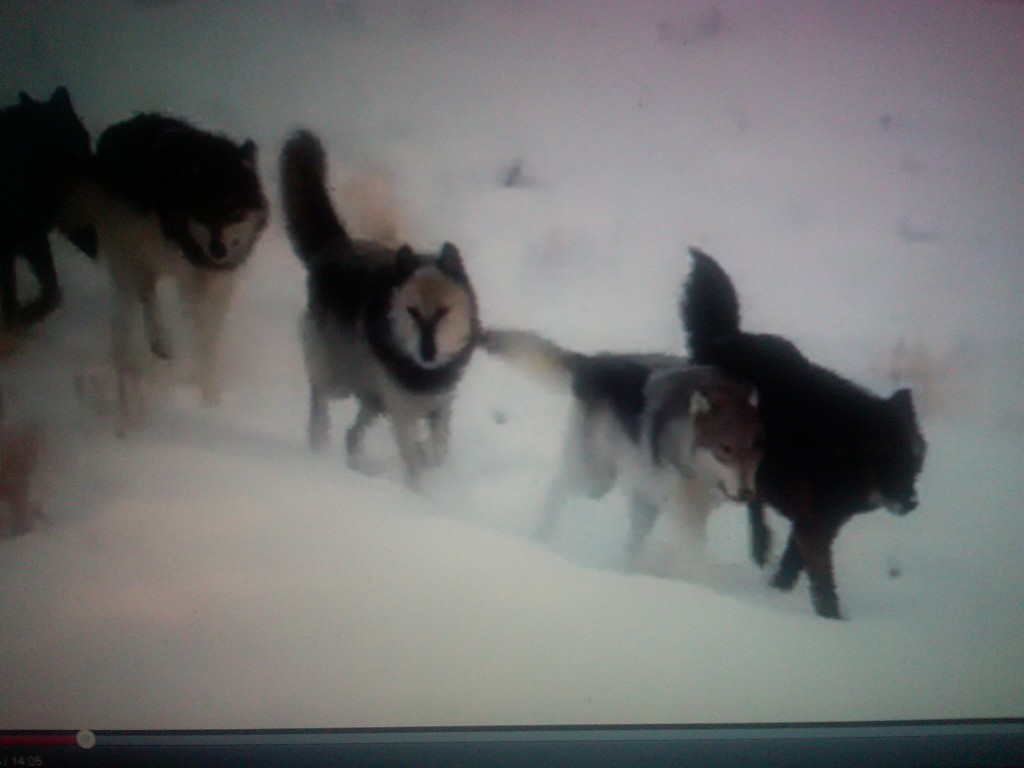


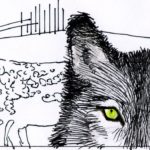
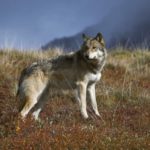
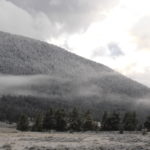
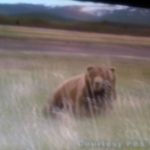






Pingback: Grizzlies and Humans: Habitat Protection Ensures Coexistence | WilderUtopia.com
Pingback: Idaho: Wolves and Wilderness Persist in the Bitterroot Mtns | WilderUtopia.com